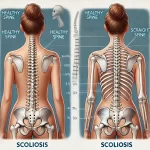
Dental bridges are a type of dental restoration used to replace one or more missing teeth. They consist of one or more artificial teeth, known as pontics, which are anchored to adjacent natural teeth or dental implants. The natural teeth or implants that support the bridge are called abutments.
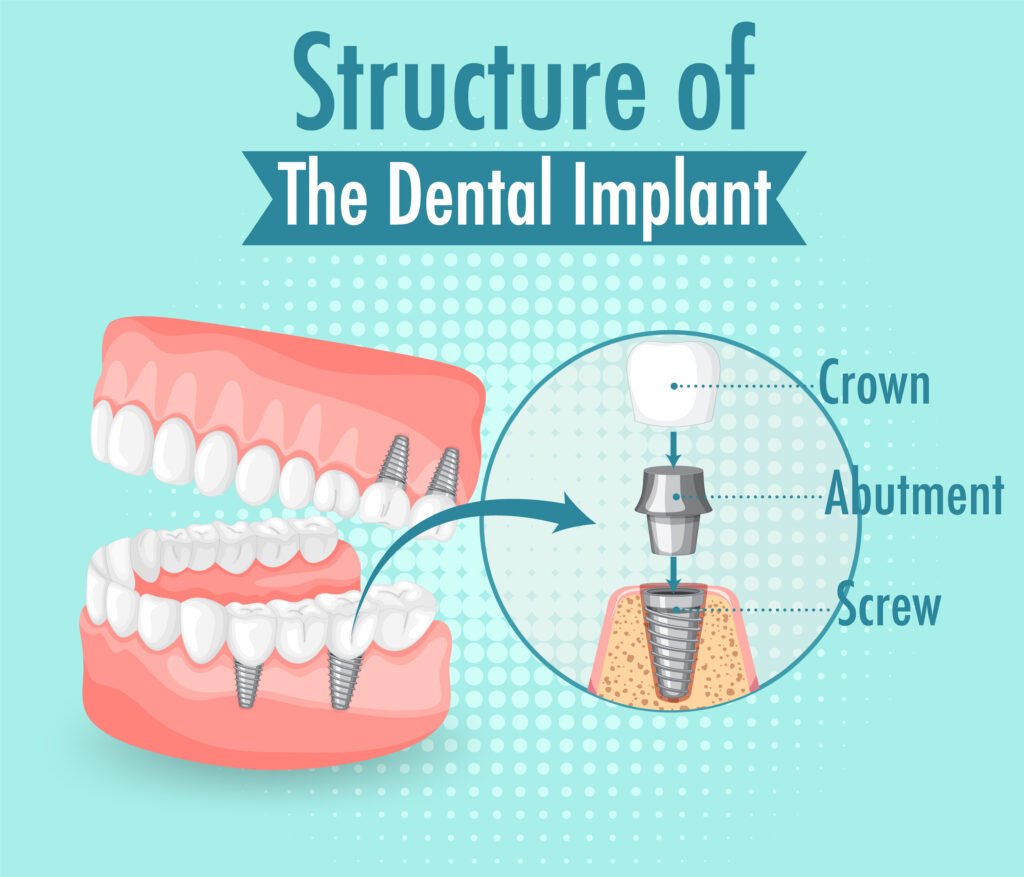
These are the most common type of bridges and involve creating a crown for the tooth or implant on either side of the missing tooth, with a pontic in between.
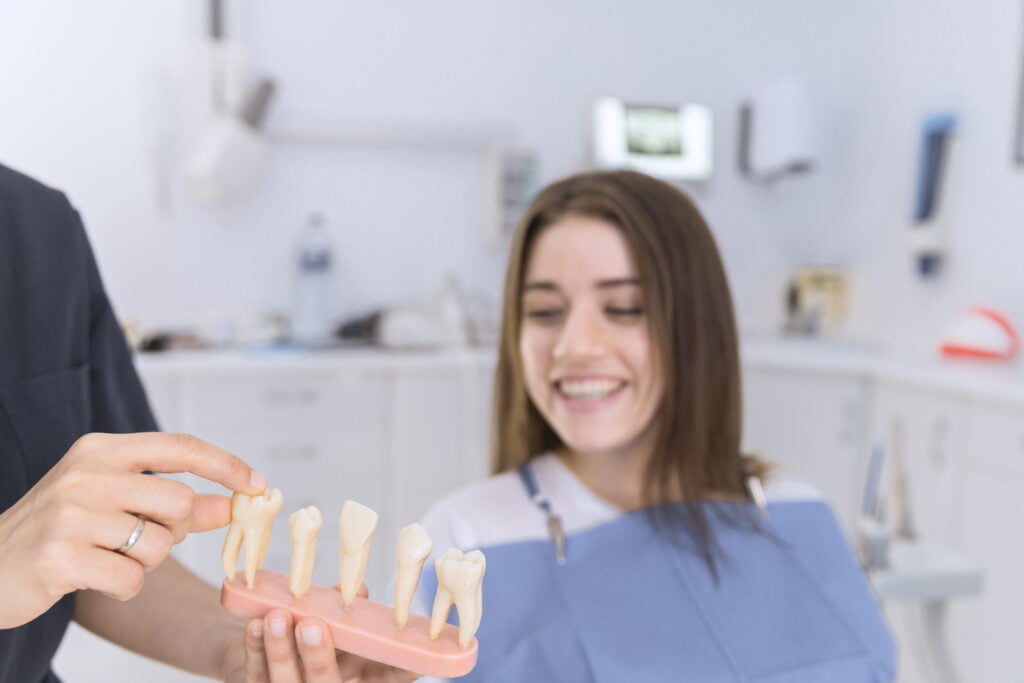
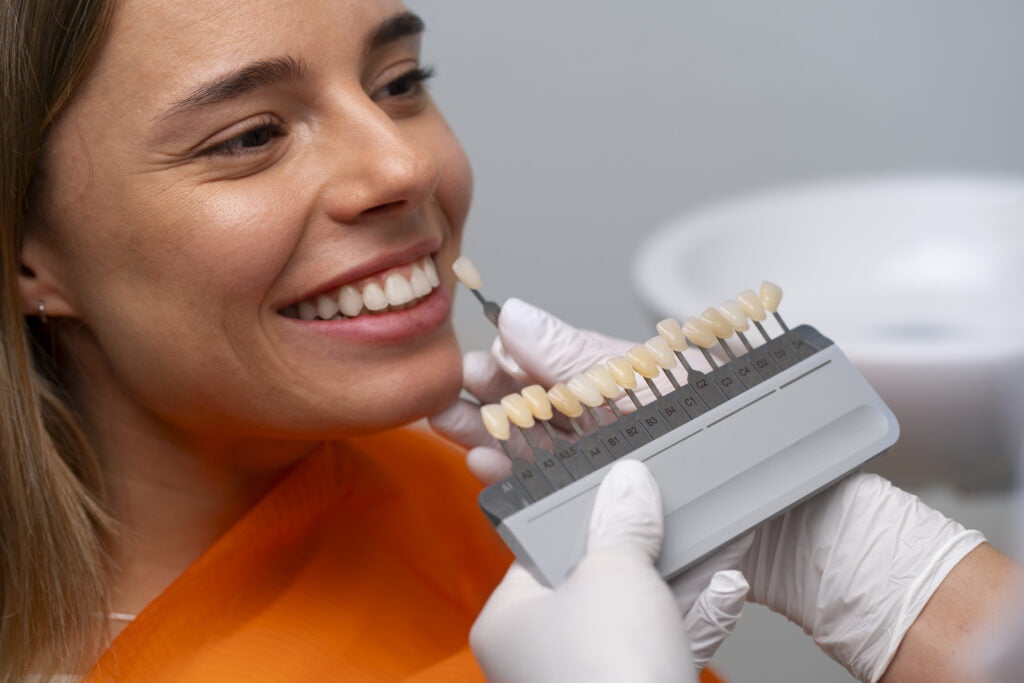
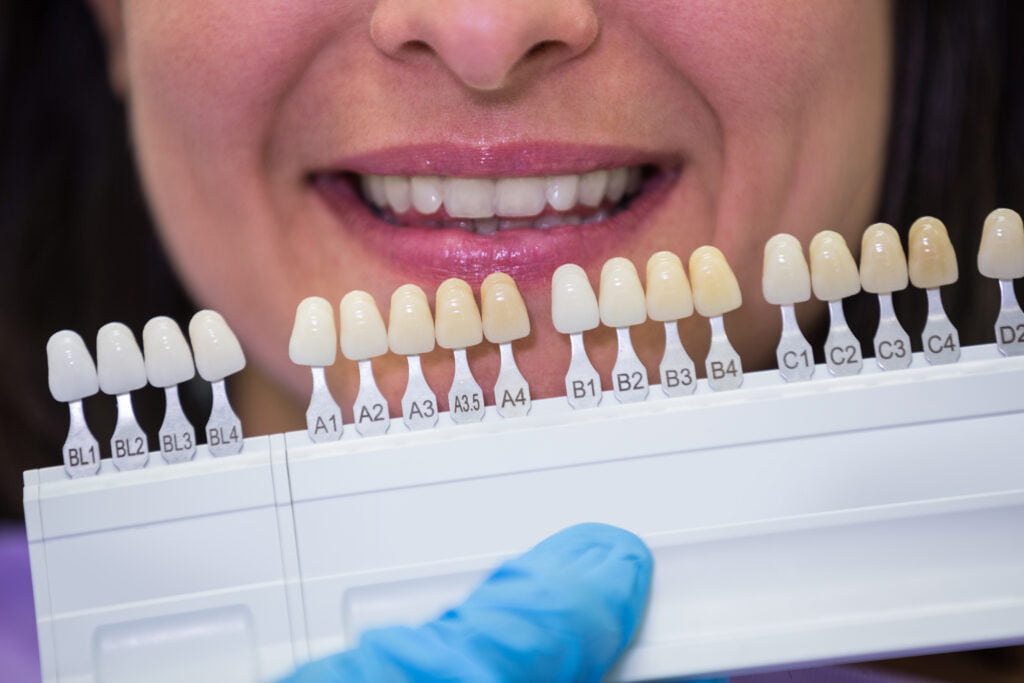
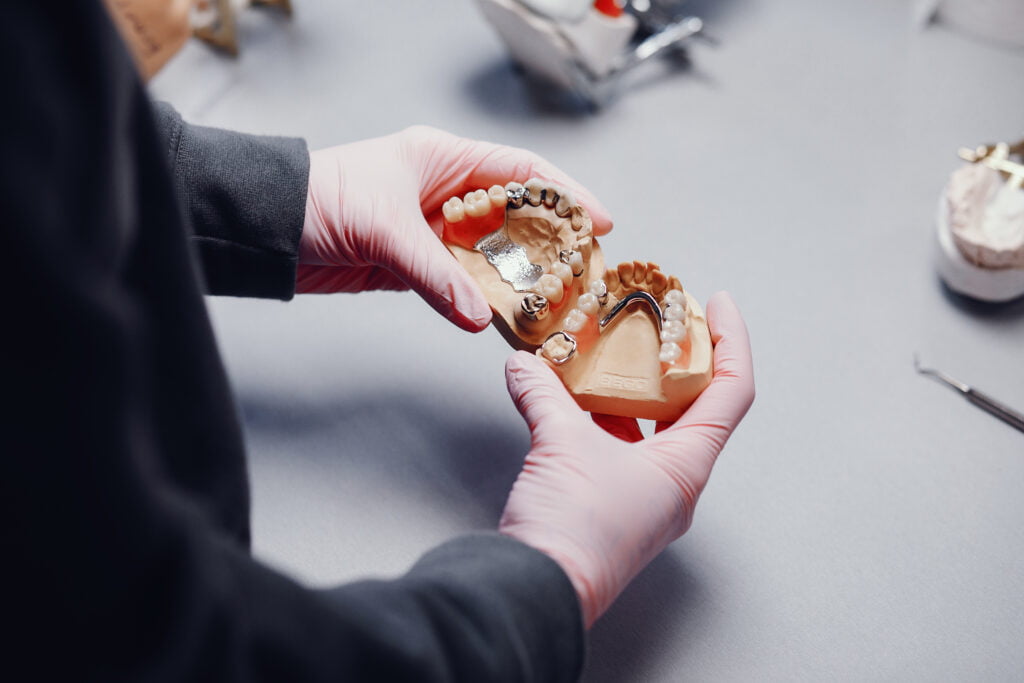
These bridges combine the strength of metal with the natural appearance of porcelain.
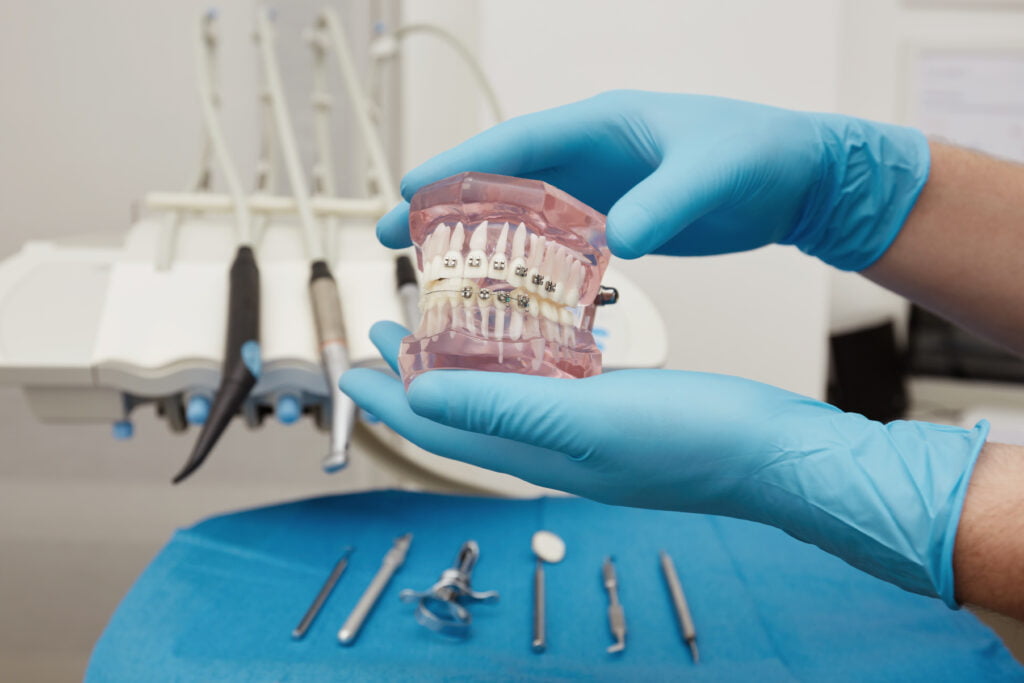
Some bridges are made entirely of metal, such as gold or other alloys. While strong, they are less commonly used due to aesthetic reasons.

The dentist evaluates the patient’s oral health, takes impressions, and prepares the abutment teeth by removing a portion of their enamel.
Temporary bridges may be placed while the permanent bridge is being fabricated.
The custom-made bridge is then installed, adjusted for fit and bite, and permanently cemented.

Regular oral hygiene practices, including brushing and flossing, are essential to maintain the health of the bridge and surrounding teeth.
Regular dental check-ups are crucial for monitoring the condition of the bridge and addressing any issues promptly.
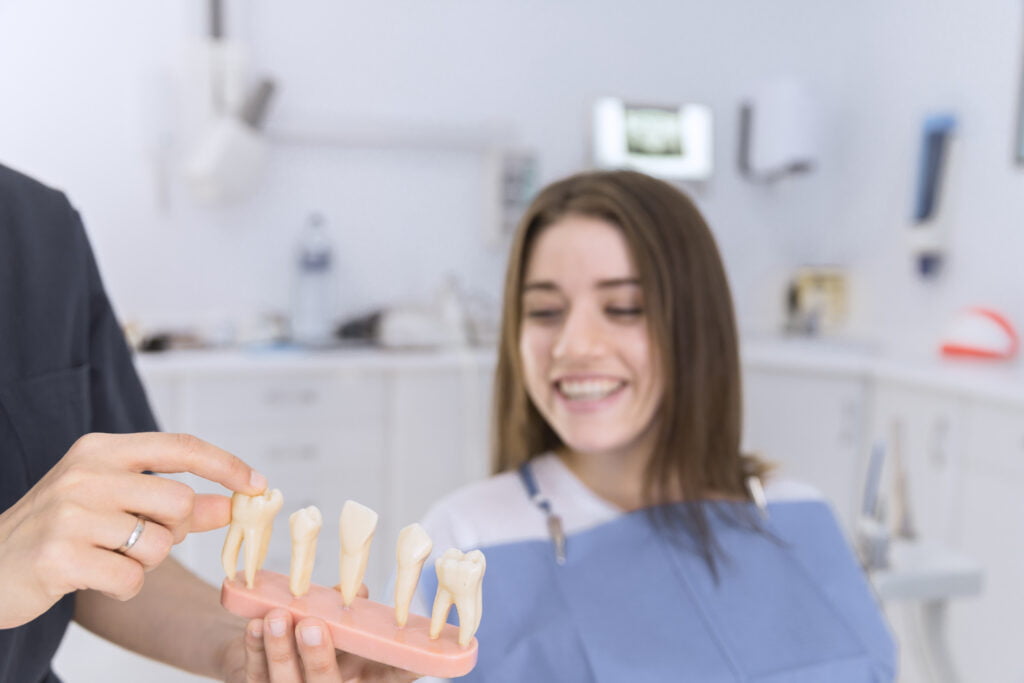

Indian Health Adviser (IHA) is a healthcare facilitator seeking to make health and wellness easier for people of international residents, their families, and their friends.
Designed by Acmeinfolabs